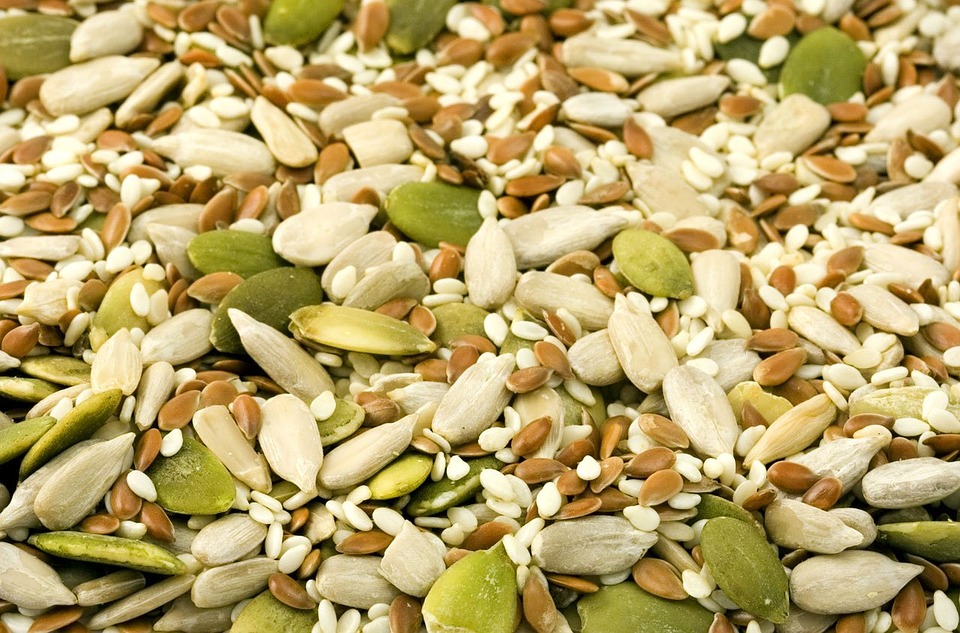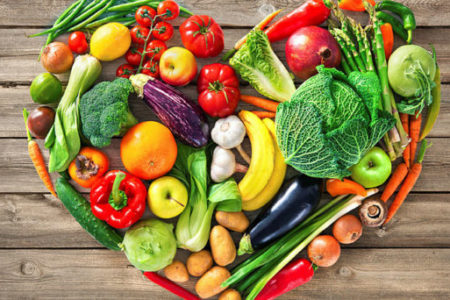COLUMN: Getting back on track for September
September and October is usually a time when everyone gets back into their routines, whether work, school or home. This is a great time to see if you have established a good foundation for the winter months ahead.
Let’s start at the basis of health ― sleep. It’s extremely important that everyone has at least 7 or8 hours per night of uninterrupted sleep. This is the time children should be back in the habit of getting to bed early enough to get that 8 to 10 hours. If you or your children have insomnia or wake at night, you need to seek ways to remedy this. The adrenal glands are responsible for handling stress and need to recover at night; they cannot repair themselves when sleep is broken. This may result in irritability, tiredness, poor coping ability, lack of drive or motivation, mood swings, hyper-activity or the inability to concentrate and focus.
One way to minimize insomnia is to reduce stimulants such as coffee, black/green/white tea, yerba mate, honeybush, rooibos, Matcha or Kombucha tea. Instead, consider drinking a calming tea. Include yoga or meditation in your weekly routine to relax the mind. Read a relaxing book before bed instead of disturbing news. If you’ve been struggling with sleep, it may be time for an appointment to see what strength of herbs and/or supplements would be best to support your adrenals and re-build your nervous system to help re-establish your sleep patterns.
Second, consider water. Most of us have a shower or bath every day to rinse off the outside of our bodies, so, we should be cleaning the inside of our bodies as regularly by drinking ½ our weight in ounces of water. So, if you weigh 140 pounds, you should be drinking 70 ounces each day ― about 7 glasses of water. One of the easiest ways to make sure you get enough water is to carry a water bottle with you or have one you can fill at your desk. I find if I have to get up to fill my cup, it often doesn’t happen, so have it convenient. I often find people only drink about 1 to 3 cups per day, so, make a pot of herbal tea in the morning, let in come to room temperature, put it in the fridge and drink it as water. By drinking different teas, you can change the flavour easily and maintain variety. I make a pot of tea in the morning with a glass tea maker right by my desk, so, it keeps it warm all day and is there when I want a cup.
Water and herbal teas help flush by-products, toxins, hormones and waste materials from the system regularly, helps prevent constipation, kidney stones and bladder infections and maintains all the fluid levels in your body. For example, did you know water helps keep the vertebral discs hydrated or “puffed up” to minimize back pain?
A great water carrier is a “Nalgene” water bottle. It is a stable plastic that doesn’t leach into the water, like most do, and can be bought at any outdoor store.
Remember, water should be alkaline, so, if you have chlorinated water you should be filtering it through a solid carbon block filter system, like Rainfresh or Santevia to remove the chlorine and other chemicals, as well as bacteria, viruses or fungus. Non-solid filters, like Brita only partially remove the chlorine, don’t remove any bugs and the water is still acidic. For folks on the move, I have them use a Santevia water stick. This can be put in any water bottle and alkalinizes the water, so, you can fill your water bottle with tap water when you are travelling and it will keep it alkaline. It can be used repeatedly up to 1000 times, or for 1 year.
Always drink water and other fluids between meals rather than during them, otherwise the salivary enzymes are diluted, which reduces the proper breakdown of food in the mouth.
Now that we have laid the foundation, we will discuss basic nutrient requirements and foods.
When I ask what people eat during the day, one of the common imbalances is a lack of consistent protein at each meal. Three meals are extremely important, even if you are trying to lose weight, because it is the first meal that “starts the engines” in the body to burn the fuel. Therefore, having breakfast increases the metabolic rate and starts using up those calories. If you have a hard time with breakfast, a good start is a fruit smoothie made with unsweetened soy, almond, hemp, goat, quinoa or coconut milk. You could also add almond butter, sunflower seed butter, cashew or almond seed butter or organic soy, rice, egg, bean, brown rice, hemp or pumpkin seed protein powder for your protein. This makes a light breakfast that you can take with you if necessary. Another possibility is a handful of raw nutsand seeds (excluding peanuts), such as almonds, cashews, sunflower and pumpkin seeds.
For those who like to have a more substantial breakfast, eggswith leftoverveggies, cerealwith some nutsand seedsand yogurt or almond, soy, goat, orcoconut milk, pancakes or waffles with ground nuts/seeds, burritos with beans and veggies all make great breakfasts. Note all these have fairly equal amounts of carbohydrate (being veggies, fruit or whole grains) and protein (eggs, beans, nuts, seeds, yogurt, and seed or nut milks).
Grabbing a bagel, muffin, or a piece of toast for breakfast is just carbohydrate, which breaks down quickly and raises your blood sugar too high. This results in getting that 11 o’clock fade, due to the blood sugar drop. These blood sugar fluctuations put too much load on the pancreas, because it then responds by having to pump out more insulin and resultant cortisol, which, if that happens repeatedly, will result in insulin resistance and possibly lead to adrenal imbalance. This tends to lead to weight gain, poor focus, concentration, irritability, mood swings, fatigue and eventually, if not brought back to a balance, diabetes.
Note that I have suggested mostly vegetable proteins. There are many reasons the body needs at least 3 to 5 tablespoons of raw nuts and seeds per day. They lubricate your joints, decrease inflammation, keep the veins and arteries from being clogged and are an excellent source of calcium, magnesium, manganese, boron, selenium and many other trace minerals. Unfortunately, peanuts are a legume and are difficult to break down, so, are not as good as true nuts and seeds. They have also been shown to contribute to atherosclerosis or clogging of the arteries and veins. Many of you will say, “but what about all that fat?” As stated before, 3 to 5 tablespoons are used up, therefore not stored as weight gain.
Beans, legumes and soy have been shown to decrease cancer risk, help to balance our hormones and help prevent constipation and eggs have biotin that helps to stabilize blood sugar. The old studies that found eggs to be detrimental were eggs that had been fried in bacon fat. The recent studies have shown that although they have cholesterol, they also have enzymes that help break that down so they do not lead to increased cholesterol levels if eaten 6 to 8 times a week.
Next column, we’ll talk about lunches.
























